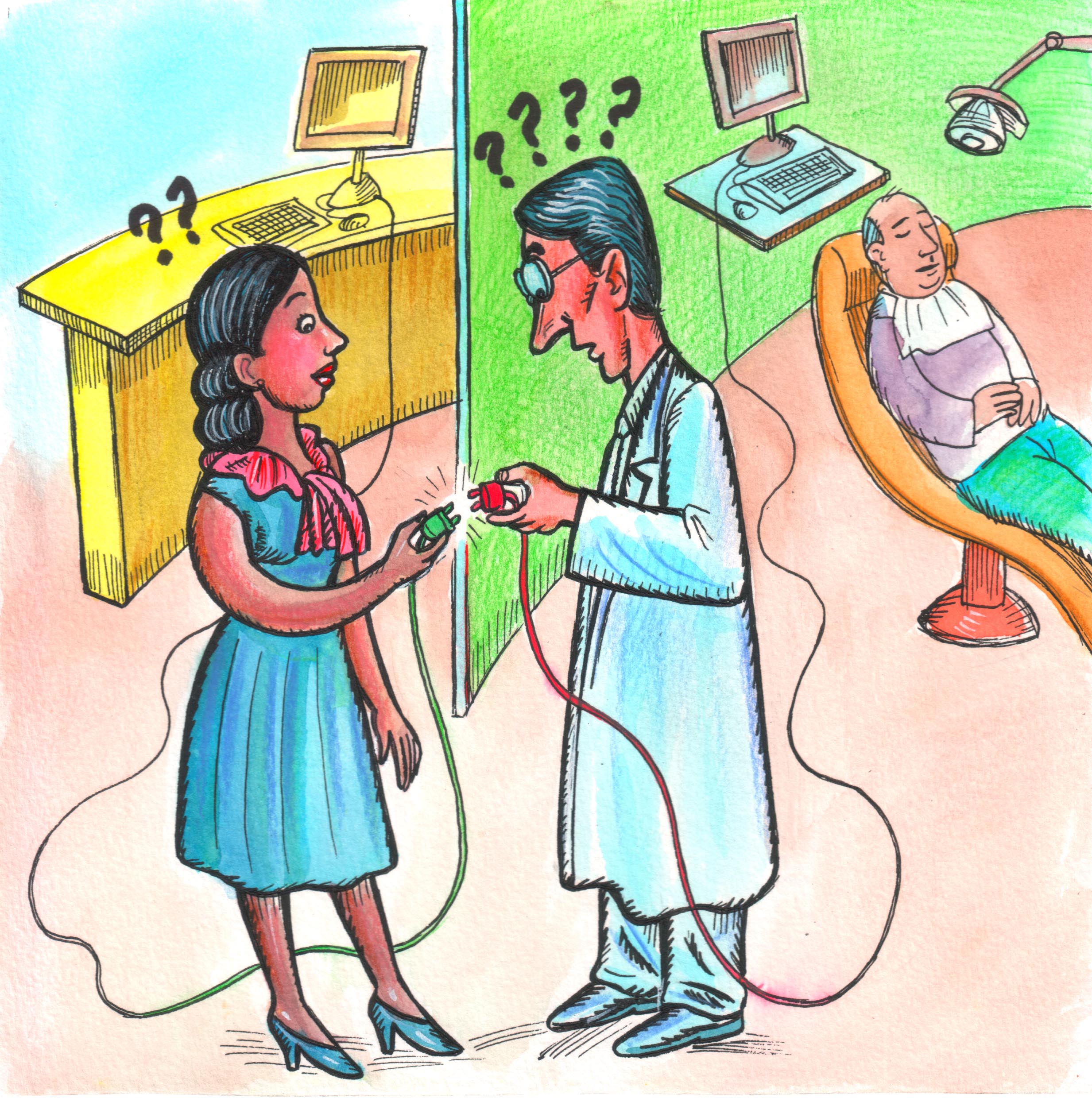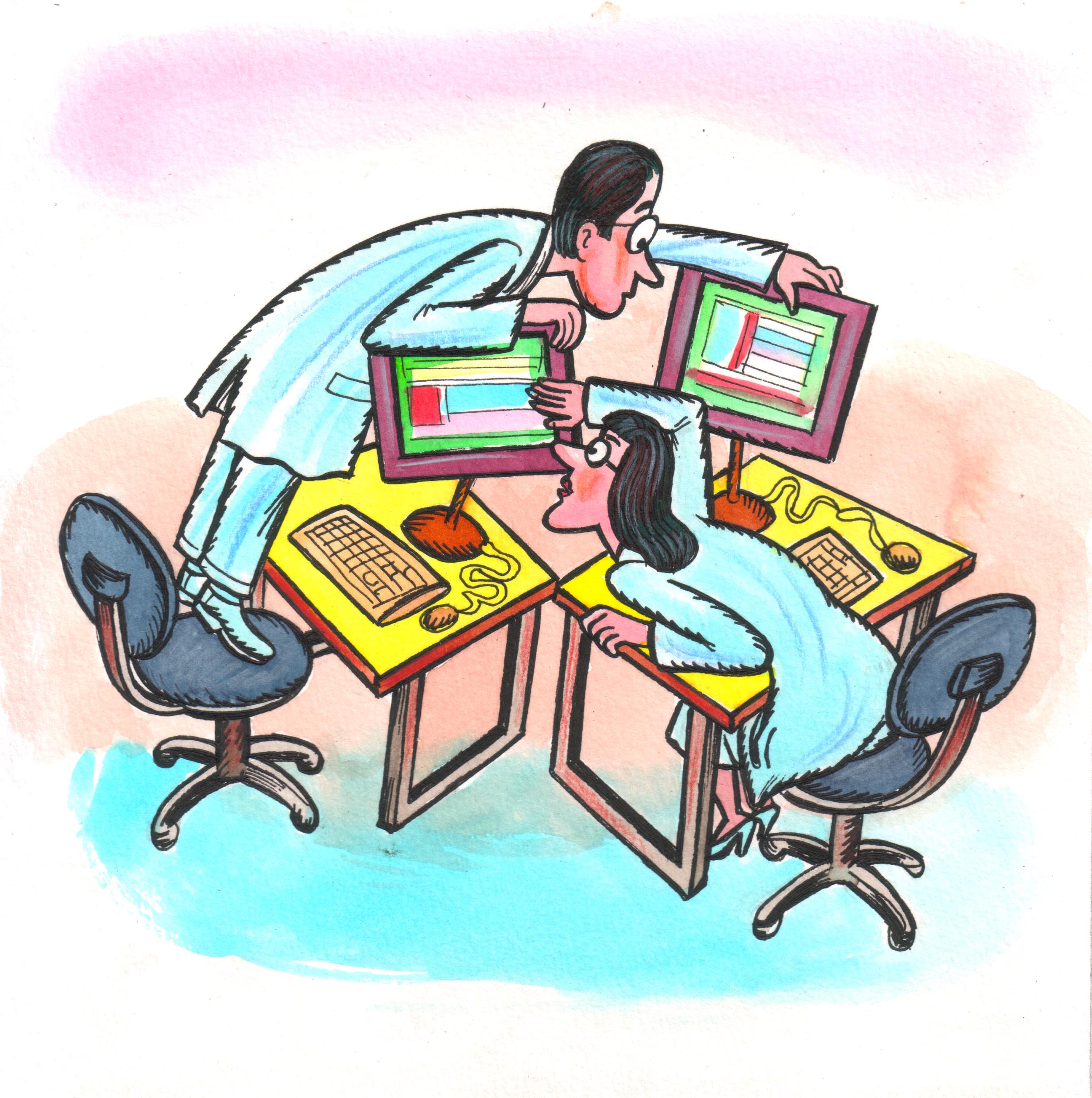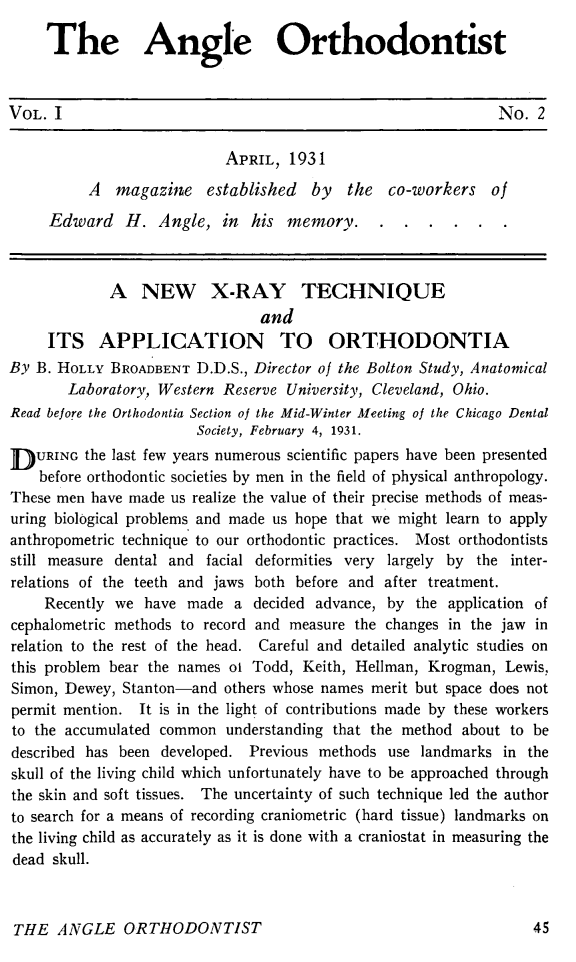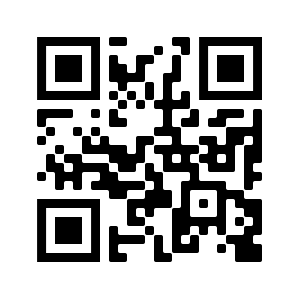Orthodontic Software Interoperability
Unleashing the potential of orthodontic software

Presentation Goals
- Raise awareness in topic of Interoperability
- Become part of AAO's Strategic Plan
Problem 1
Intra-office Connections

Problem 2
Inter-office Connections

Problem 3
Research
- Today's research is embarrassingly based on a tiny fraction of our population (< 100 patients)
- We have the technology in place to bump up sample size by 2-3 orders of magnitude.
Problem 4
Data Conversion
- A lot of time and resources spend for data conversion (import and export)
- Data conversion is a tedious repetitive process: developers keep reverse engineering and don't share their work.
Problem 5
Data to Patient
- Awareness of data ownership is growing and governments are adding regulations (21st Century Cures Act, Information Blocking)
- Providers don't know how to give patients their data.
How can we solve the problem?
We make use of standards.
Humans and Standards
Humans have a history of making significant progress by adopting standards.
Language/Alphabet
Measuring things (SI Units)
Tire Codes (ISO-83.160.10)
Containers, Rail Track Gauge
RCA Sound Tape Cartridge, Elcaset, Compact Cassette
Wall Socket (NEMA 1-15, NEMA 5-15)
Screws (ASME-B1, ISO-68,261,262,724,725
TCP/IP Networking (the Internet), Email, SMS
No Standards: Nintendo, Xbox, Playstation, ...
Tesla Open Source Patents
...

Strategic Plan of the Past
Attempts have been made in the past, but they failed. Why?
- We have used closed interoperability
- Fear of losing customers
- It's work to follow standards
- No request from customers
- Lack of Information
Master Plan


How would the future look like?
How can the AAO get involved
- Regularly publish articles to educate domain on Interoperability.
- Require applicants for AAO/AAOF funding to include interoperability and data sharing as part of the proposal.
Interoperability Guidelines
- A developer should always make use of existing standards
- If there are no standards, a developer is expected to invent their own standard.
- When a new standard is invented, it shall be made public, and eventually adopted by and SDO.
The "FAIR" Guiding Principles for scientific data management and stewardship
FINDABILITY: (meta)data are assigned a globally unique and persistent identifier; data are described with rich metadata; metadata clearly and explicitly include the identifier of the data it describes; (meta)data are registered or indexed in a searchable resource
ACCESSIBILITY: (meta)data are retrievable by their identifier using a standardized communications protocol; this protocol is open, free, and universally implementable, and allows for an authentication and authorization procedure, where necessary; metadata are accessible, even when the data are no longer available
INTEROPERABILITY: (meta)data use a formal, accessible, shared, and broadly applicable language for knowledge representation; they use vocabularies that follow FAIR principles; they include qualified references to other (meta)data
REUSABILITY: (meta)data are richly described with a plurality of accurate and relevant attributes; they are released with a clear and accessible data usage license; they are associated with detailed provenance; they meet domain-relevant community standards
Ask you software's support these questions
Find out if you really have control over your data.
- The day I decide to move to a different software product, what will the process to export my data and import it into the new software be?
- I would like to use Software B to send out my email reminders. Can you please ensure the two software products can share data both ways?
Disclosure
open-ortho.org
